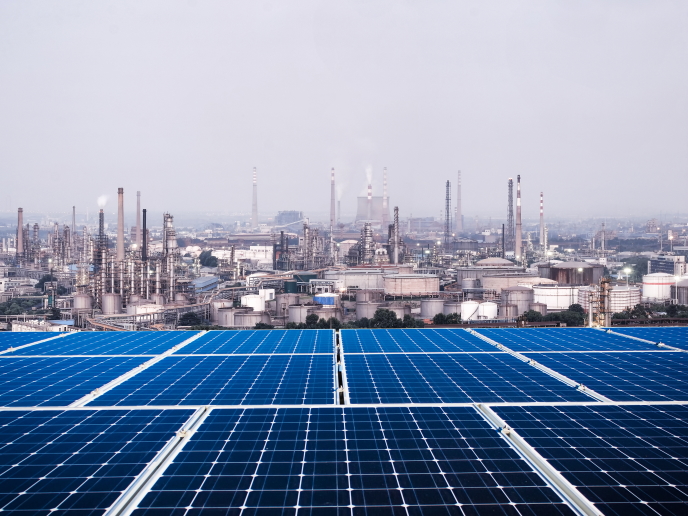Model behaviour: how precision-engineered catalysts can help fight climate change
The shift toward renewable energy is a crucial step in meeting the EU’s long-term climate goals(opens in new window). Yet liquid hydrocarbons, usually sourced from fossil fuels, remain essential for sea and air transport, and an important feedstock for fertilisers, pharmaceuticals and plastics. Using electricity from renewable sources to produce green hydrogen, and then combining it with carbon dioxide to yield liquid hydrocarbons, is one solution. Directly using electricity to convert carbon dioxide and water into hydrocarbons is another possibility. The ability to do this on an industrial scale will also aid the transport and storage of renewable electricity. The EU-funded 3D Model Catalysts (3MC) project explored a system for creating novel catalysts that can enable these processes. “We will need liquid fuels and chemical building blocks somehow, even when we do not want to derive them from fossil resources anymore,” explains Petra de Jongh(opens in new window), project coordinator of 3MC. “To make a change toward these new techniques, we have to design new and efficient catalysts that minimise the materials, the cost and the electricity required,” says de Jongh, a professor of Catalysts and Energy Materials at the Debye Institute, Utrecht University(opens in new window) in the Netherlands. “That enables the whole process.”
Model catalysts
Many catalysts consist of a fine metal powder, which is then bound to an oxide substrate to make them easy to handle, such as the platinum-based catalytic converters found in car exhausts. But the particles in these powders are in a disordered state, making it hard to understand how to design an optimal catalyst. To solve this, de Jongh and her team set out to create ‘model’ catalysts from copper and other metal nanoparticles(opens in new window) embedded in mesoporous silica that were tightly controlled in their structure, composition and geometry. “These had a very uniform and well-defined structure in 3D,” adds de Jongh. “The active phase of these catalysts is small nanoparticles, so next to their composition, particle size greatly affects how they perform. Two, three, four nanometres make all the difference.” De Jongh and her team designed series of catalysts for both thermal and electrochemical CO2 conversion, based on parameters they hypothesised would be beneficial to tweak. These were assembled synthetically and then characterised, with atomic precision, to build a clear idea of the structure of the catalyst.
Industrial trial
Finally the novel catalysts were tested in de Jongh’s lab, which features several test rigs that can simulate industrial conditions. This ensured the novel catalysts could perform in real-world scenarios. “The catalysts must be tested under high temperatures, high pressures and hydrodynamic flows, for weeks,” explains de Jongh. Their work showed that the methodology was an extremely robust way to generate fundamental understanding and basic design rules for novel catalysts. Those created through the 3MC project are now being explored for applications in industry. “We made some catalysts, with new geometric and atomic distributions, that work better than conventional ones,” notes de Jongh. “For instance, controlling the atomic distribution of the two elements in a nanoparticle can make a catalyst 50 times more active with the same composition.” The work was supported by the European Research Council(opens in new window). “This made everything possible,” says de Jongh. “It allowed us to build up this group, our team, and investigate this approach. It’s great to see groups all over the world now following our example.”







